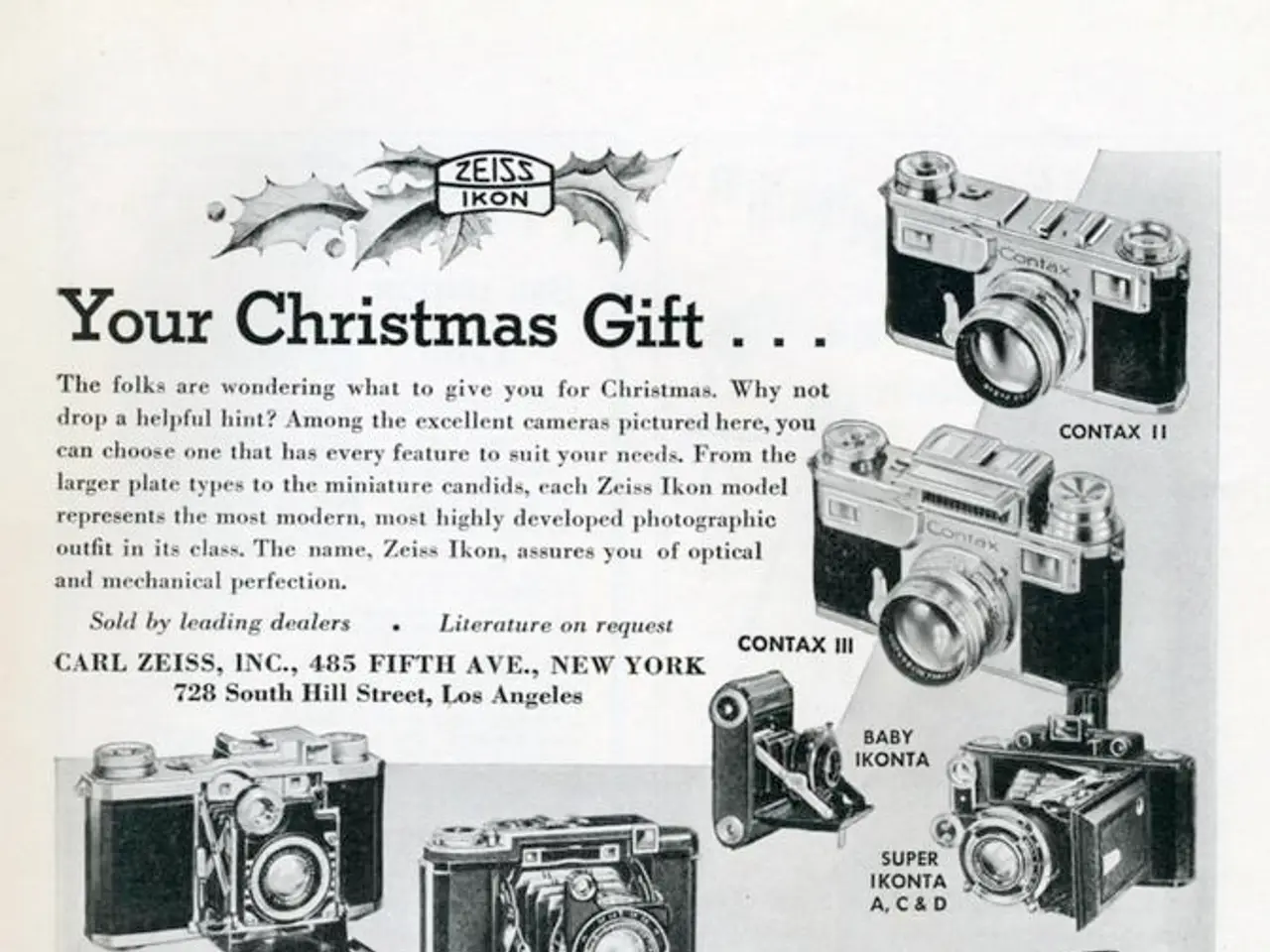Underwater Photography Settings for Olympus OM-D E-M10
The Olympus OM-D E-M10, a new addition to the OM-D line, offers a range of features that make it an excellent choice for underwater photography. Here are some tips to help you get the most out of your camera underwater.
White Balance
To correct the blue or green tint caused by water absorption of red light, use a custom white balance or an underwater preset if available.
ISO
Keep ISO relatively low (around 200-800) to reduce noise, but increase it as needed in deeper or dimmer conditions.
Aperture
Use a medium aperture (f/5.6 to f/8) for reasonable depth of field while maintaining sharpness and light intake.
Shutter Speed
Use fast shutter speeds (1/125s or faster) to freeze motion and reduce blur from water movement.
Focus Mode
Use continuous autofocus or manual focus as appropriate, especially for macro or close-up shots.
RAW Format
Shoot in RAW to allow extensive post-processing for color correction and exposure adjustments.
Proper Equipment
Remember, the camera itself does not have built-in specialized underwater modes. An appropriate underwater housing is necessary for proper function and safety underwater. Brands like Ikelite offer compatible underwater housings specifically for the E-M10.
Auxiliary Lighting
Using external strobes or underwater lights also helps improve color and exposure.
While specific detailed settings for the OM-D E-M10 underwater are not extensively documented, the general best practices above reflect those recommended by underwater photography experts and Olympus ambassadors for their OM system cameras.
Other Settings
For macro shots with the 45mm or 60mm Macro Lens, use Manual mode, F22, 1/250th, ISO 200, Auto white balance, camera flash on "fill in flash", Strobe on TTL. For macro shots using the kit lens (14-42mm / 12-50mm) with a wet diopter, use similar settings but adjust the shutter speed to 1/160th (1/250th for E-M5, 1/320th for E-M1).
For wide angle shots with 8mm Fisheye or 9-18mm lens, use Manual mode, F8, 1/125th, ISO 200, Auto white balance, camera flash on "fill in flash", Strobe on TTL.
Remember to use the shutter speed to control your ambient light, and set the AF Area Pointer to ON to display the green target frame for the Auto Focus. The MF Assist option is useful with macro and should be set to ON.
For more advanced techniques, exploring long exposure or Live Composite mode for creative shots is available on OM-D cameras but less common underwater.
These settings help capture clearer, correctly colored images with minimal noise and motion blur underwater.
- The Olympus OM-D E-M10, when used for underwater photography, requires an appropriate underwater housing for proper function and safety.
- An underwater macro shot with the 45mm or 60mm Macro Lens should be taken in Manual mode, with settings like F22, 1/250th, ISO 200, Auto white balance, and camera flash on "fill in flash".
- For macro shots using the kit lens with a wet diopter, adjust the shutter speed to 1/160th (1/250th for E-M5, 1/320th for E-M1) and use similar settings.
- For wide angle shots with 8mm Fisheye or 9-18mm lens, use Manual mode, F8, 1/125th, ISO 200, Auto white balance, camera flash on "fill in flash", and Strobe on TTL.
- Using external strobes or underwater lights can help improve color and exposure in underwater photography.
- When correcting the blue or green tint caused by water absorption of red light, consider using a custom white balance or an underwater preset.
- Remember to use fast shutter speeds like 1/125s or faster to freeze motion and reduce blur from water movement.
- To get the most out of the camera underwater, use the MF Assist option with macro shots, set the AF Area Pointer to ON, and use continuous autofocus or manual focus as appropriate.







